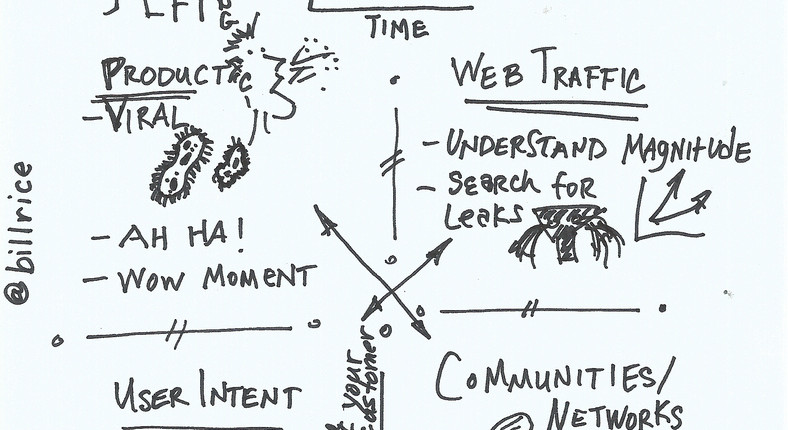The concept of growth hacking as a business building approach originated in Silicon Valley. It’s the anti-traditional marketing approach. With growth hacking, marketing ideas emerge from engineers rather than professional marketers. However, the value of using a professional marketer in the growth hacking process can not be discounted.
Is growth hacking the best approach for startup health IT firms looking to establish a beachhead in the market? Examine the 6 steps and decide for yourself.
Growth Hacking Health IT: 6 Steps
Before diving into the growth hacking process, let’s get clear on the concept of growth hacking. Josh Elman describes it as “a recognition that when you focus on understanding your users and how they discover and adopt your products, you can build features that help you acquire and retain more users, rather than just spending marketing dollars.” Businesses growth hack using data driven experiments with real, live product or service users. The data driven experiments reveal the sweet spot of what the users truly want. This want is then leveraged in the market to create sustainable growth.
Sounds simple enough, huh? Let’s look at how it works for health IT.
1. Come up with a Product/Service Idea- Typically this originates with the firm’s founder. Based upon business or personal experience, the germ of an idea takes shape. Perhaps it’s a way to monitor medications of a child or parent with a chronic condition such as diabetes. Or, maybe it’s using iPhones to improve communications in ERs because of the founder’s excitement of the new iPhone technology and understanding of ER challenges.
2. Find Your Best Audience. Figure Out Where They Hang Out- Where do parents of diabetic children go for information? Who do they trust? What websites do they visit? Do they rely upon social media to gain information? If so, which platforms?
Likewise, the iPhones in an ER… Is it doctors or nurses who would benefit most? What’s the role of the hospital’s administrators in the process? Where do these people go, and who do they trust, for information?
3. Research the Audience- This is where the listening and testing happens. It’s the time-intensive part of the process. The goal is to uncover two things from the audience you’ve identified:
One: Uncover emotional triggers. What makes them super happy, and more importantly, what frustrates them to tears and makes them angry enough to punch a hole in the wall? It’s key to uncover these emotional triggers to drive future sales conversions.
Two: Identify “How to” discussions- Pay close attention to language and terms used in describing what the users want and need. Knowing the language of the users allows you to craft familiar marketing and sales materials… the next step.
4. Develop the Marketing and Sales Materials- No product? No problem. You’re not going to finalize the product or service until you know you have a message that speaks to what the users WANT. (not what they need. People buy wants, even business buyers.)
The marketing and sales materials are focused on users wants learned during the research and testing step. Any notions or perceptions about what you think they need are omitted.
5. Create the Product or Service- Now, you build the IT product or service. But, you don’t complete it. You bake in a feedback loop to make sure the product or service delivers exactly what the users said they wanted. Ask users: What do they like? What works? What doesn’t work? What do they want to change?
Armed with this feedback, improve your product or service. Make it better and more useful.
6. Launch the New Product/Service- Using a highly targeted approach, you aim your marketing message at those people or businesses who have expressed an interest in you health IT product or service.
Perhaps you use Facebook ads to target parents of diabetic children, or Google Adwords to attract hospital administrators looking to improve ER communications systems. With both Facebook and Google Adwords you can quickly track and test your marketing messages- clicks, money, spent, and cost of conversions. When you learn what works, you apply it across your marketing channels.
Is this growth hacking process guaranteed to work? Nope. In a startup, in the fast-paced environment of healthcare and technology, nothing is a guarantee.
It’s part art, part science. It’s getting the engineers, the software and product developers, and the professional marketers working together. The smart health IT entrepreneurs realize they need both the engineers and the marketers working together through this process from day one.









3 thoughts on “6 Steps to Growth Hacking Health IT”